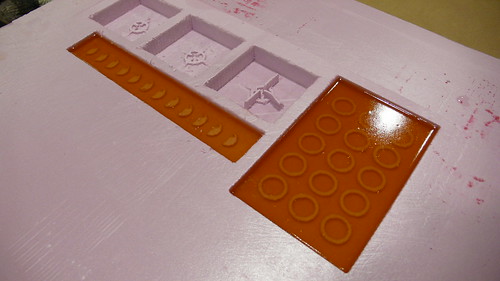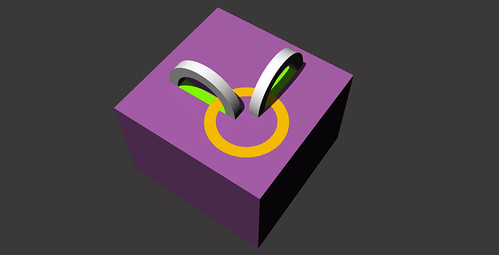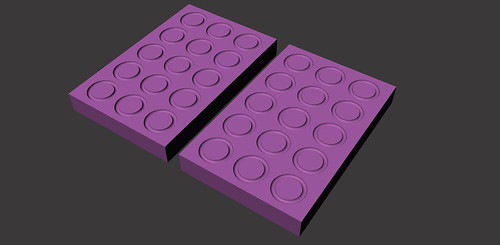Molding & Casting
This week's goal was to produce a cost effective casted fabric as an alternative to 3D printing, which as exepcted is too pricey to carry through to a final project. Ironically, as this week's guru I crashed and burned. I tried to take on Neil's challenge of casting a 'fabric' of interlocked rings. It seemed such a good idea in theory and the 3D modeling made it look like it'd work.
Casting Redo
Here are the renderings in paralled with some of the final work. Things that went wrong: the detail of the foam mold wasn't as good as the wax, which was no suprise, I couldn't get the rubber out of the foam mold and had to sacrifice the mold, I couldn't get the foam off of the rubber once I got it out of the mold, I couldn't get the plastic rings out of the rubber mold once I poured them. It was a pretty epic fail. I really wanted this to work. Another classmate cast together two rings, but I thought it was important to develop a matrix to cast four at one time to make a fabric possible. However, the time and energy that went into this has pretty much defeated my thoughts of using this as an efficient, cheap, final production technique.
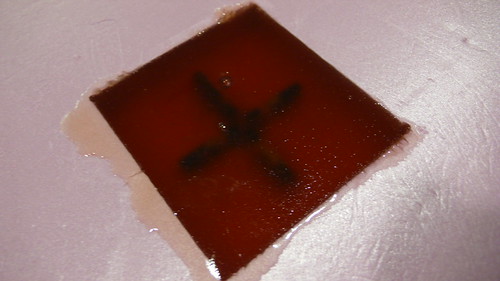
|  |
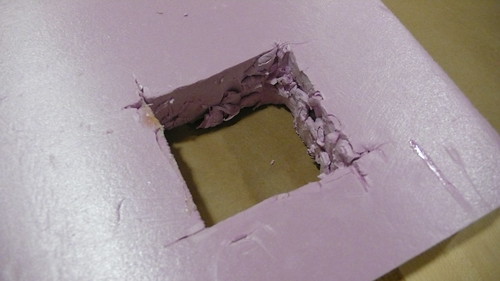 |
|
 |
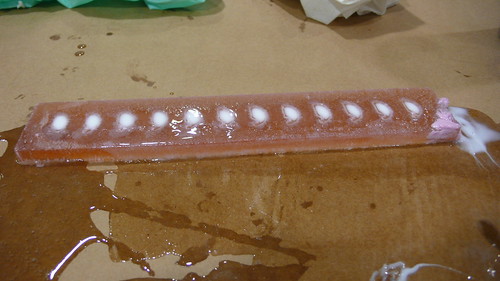 |

|
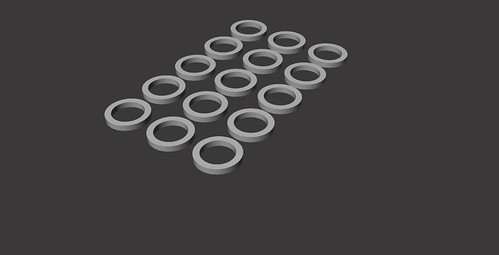 |
 |
 |
Milling Redo
I remilled the inverse of the final so I can make flexible rubber molds to cast the white plastic into. Crossing my fingers it works. I ran the job on the Shopbotwhich went well except that the vacuum skirt demolished parts of the job. So I remilled the delicate parts and replaced the parts which broke with laser cut plexi pieces. To attach them I used acrylic glue which melted the foam. I guess I've never used anything but guerilla glue on foam so I'm not sure what would've been a better choice for ataching plexi to foam?
 |
 |
Casting
I tried casting rubber into the wax and then tried casting plastic. The rubber deformed and the plastic got stuck in the mold. Serves me right for rushing - I thought I could fall back on my past experiences with plaster and ceramics - however wax proved a different story.
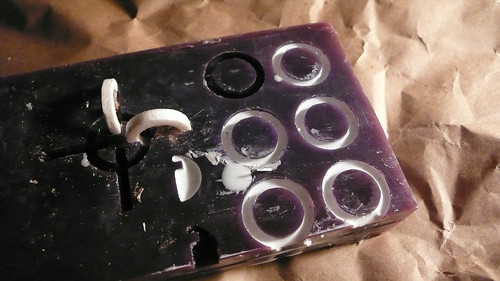 |
 |
Milling
Milling went really, really poorly. It took about 6 hours and a vast reduction in scope to get what you see here. Nadya saved the day by providing a much needed juice box at a critical moment, scrap wax when there was none to be found and plowing through CAD.py with me after the Fab Modules had a Segmentation Fault meltdown. This was after four hours of chasing a ghost file out the Modela using the standard software and having nothing milled at the end. Eventually, we ended up with a rough likeness of what I was hoping for when the day began.
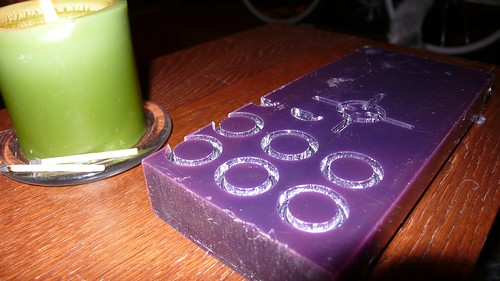 |
Since we were used a 1/16" bit we ran three passes on the file in roughly .15" z-step downs. It worked well although way went flying everywhere. Here is the final PNG - How could such a simple file cause so much trouble? All in all it was a pretty excrutiating day. Probably my most frustrating "How To Make" moment to date.
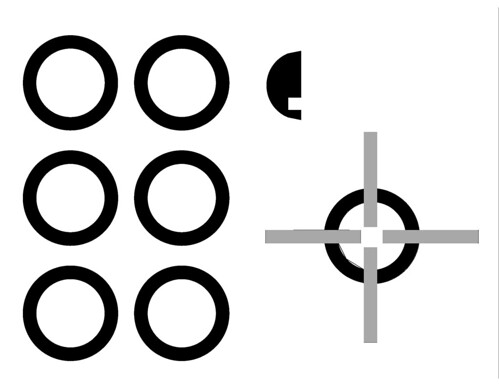 |
Design
The goal of the design was to create a framework that would allow me to cast an infinite number of interlocked rings. It seems to work in theory, the actual casting will be the real test. The basic idea is to cast all of the 'horizontal' rings first and then set them in a second mold to cast the interlocking ring within the already cast rings.

|  |
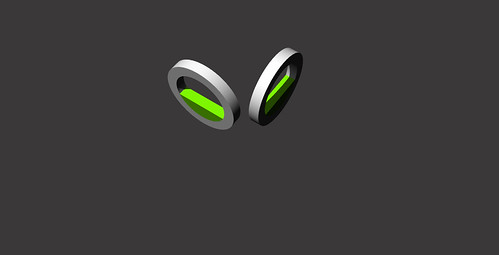 |
|
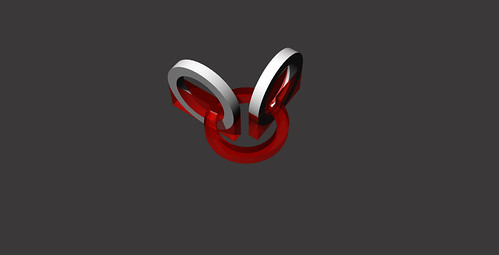 |
 |
 |
|
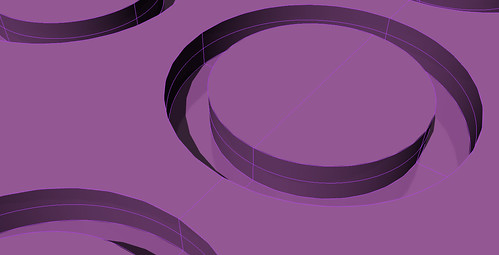 |
 |
Interesting Precedent
Sarah Moucher on Dezeen: "This year, I have developed projects based on links and linking systems. I am interested in the way that one element repeated can make a surface that looks different from its individual parts. Form is also important to me, so through crafting the components, I hope to reveal a certain sculptural quality. My pieces are prototypes, which could lend thenselves to mass or batch production. In ceramic, I am showing a pendant light structure. The body of the piece consists of a repeat slip-cast link, levels of which can be added or taken away as desired. The links form an open fretwork that throw light around the piece, playing with the notion of shadow patterns inside. My intention is to sell the light in a kit form, with 2 different sized top rings and 100 links that customers can assemble as desired. The ceramic slipcast cup series are static single objects that look like a couple of linterlocking links, one seeming to float above the table's surface, the other providing a handle to hold, and so thus deceive the eye."
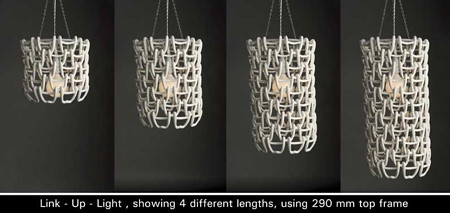 |
|
 |
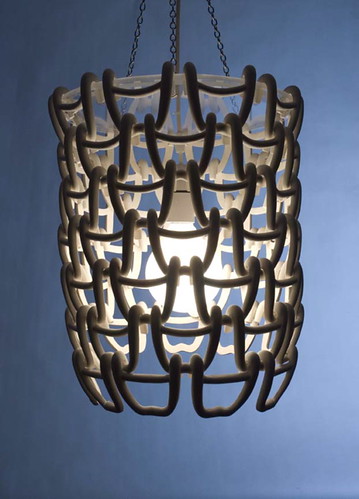 |
